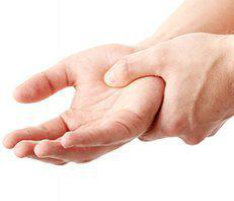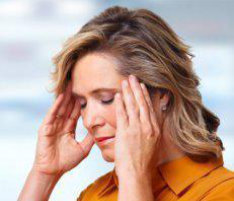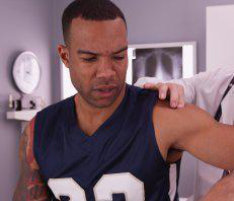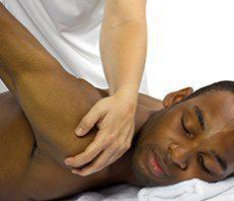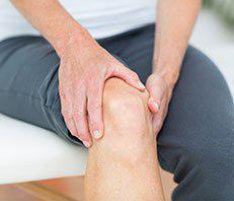What Happens to Muscles and Nerves When Injury Occurs?
There are two main theories on the perpetuation of muscular pain – called the ‘pain cycle’. One is ‘Radiculopathy Model’ by Chan Gunn (1977) and the other is ‘Trigger point model’ by David Simons (1997). These are briefly introduced here.
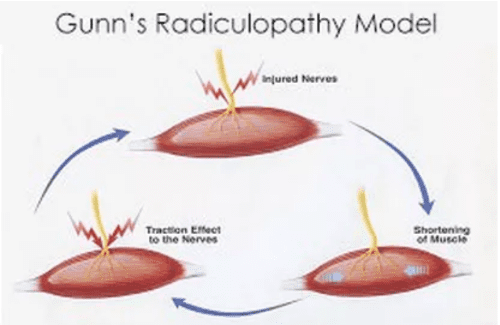
Radiculopathy Model
Suppose a person suffers from an injury to the neck or back due to sports activities, car accidents, or in a slip and fall accidents. The person’s head and neck are overextended, over flexed and/or rotated as a result of the impact during the accident. When this happens, the spinal nerve roots can be stretched, bruised, and compressed resulting in nerve root injury, or radiculopathy. When this occurs, the result is spasms in those muscles where the nerve endings are embedded – making the muscles short and tight.
These muscle spasms put a traction effect on multiple nerve roots, thereby causing more nerve root irritation and more muscle spasms. Vicious pain cycle initiates this way and this perpetuating pain cycle is often the cause of so many pain syndromes. Patients can experience pain, numbness, tingling and weakness in their neck, low back, arms and knees, and even in their hands and feet.
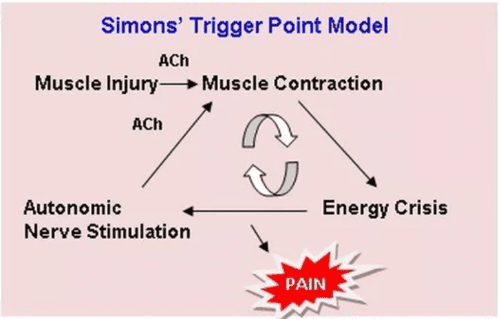
Trigger Point Model
When muscles are injured, excess acetylcholine (Ach) is released at nerve endings that are embedded in those muscles and this causes muscles to contract. The increased metabolic demand (for the contraction) and oxygen-deprived condition in this zone (due to the lack of oxygen supply from blood vessels) result in an ‘energy crisis’ (note: without oxygen, energy cannot be produced). Under this condition, additional chemicals are released that cause pain and more contraction of muscles. The end result is again an initiation of the muscle contraction cycle which generates pain.




